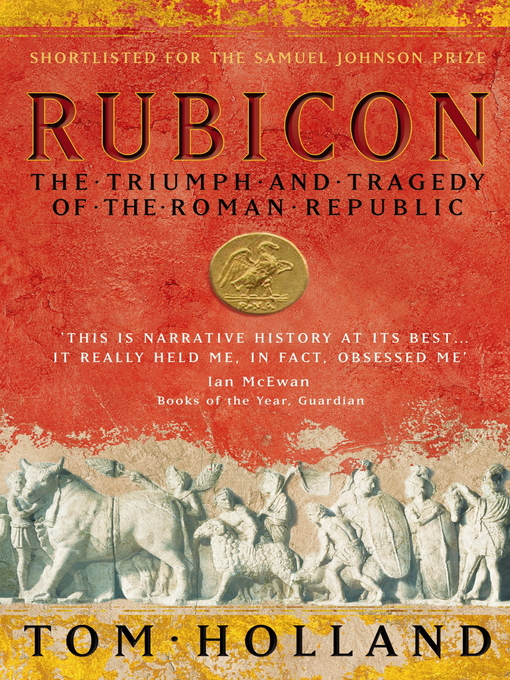


The book tells the story of the end of the Roman Republic and the consequent establishment of the Roman Empire. Two thousand years may have passed, but we remain the Romans’ heirs. Rubicon: The Last Years of the Roman Republic, or Rubicon: The Triumph and Tragedy of the Roman Republic, is a popular history book written by Tom Holland, published in 2003. Its citizens were obsessed by celebrity chefs, all-night dancing and exotic pets they fought elections in law courts and were addicted to spin they toppled foreign tyrants in the name of self-defence. Yet alien as it was, the Republic still holds up a mirror to us. Tom Holland brings to life this strange and unsettling civilization, with its extremes of ambition and self-sacrifice, bloodshed and desire. This was the century of Julius Caesar, the gambler whose addiction to glory led him to the banks of the Rubicon, and beyond of Cicero, whose defence of freedom would make him a byword for eloquence of Spartacus, the slave who dared to challenge a superpower of Cleopatra, the queen who did the same. ON a bitter January night in 49 B.C., Julius Caesars 13th Legion stood massed on the north bank of an. Rubicon paints a vivid portrait of the Republic at the climax of its greatness – the same greatness which would herald the catastrophe of its fall. RUBICON: The Last Years of the Roman Republic. What began as a small community of peasants camped among marshes and hills ended up ruling the known world.
The Roman Republic was the most remarkable state in history. Tom Holland’s Rubicon: The Last Years of the Roman Republic makes it easy to understand why the fall of Rome still animates the imaginations of contemporary scholars and history enthusiasts. Bloody and labyrinthine political intrigue and struggle, brilliant oratory, amazing feats of conquest and cruelty’ Ian McEwan, Books of the Year, Guardian ‘The Book that really held me, in fact, obsessed me, was Rubicon.


 0 kommentar(er)
0 kommentar(er)
